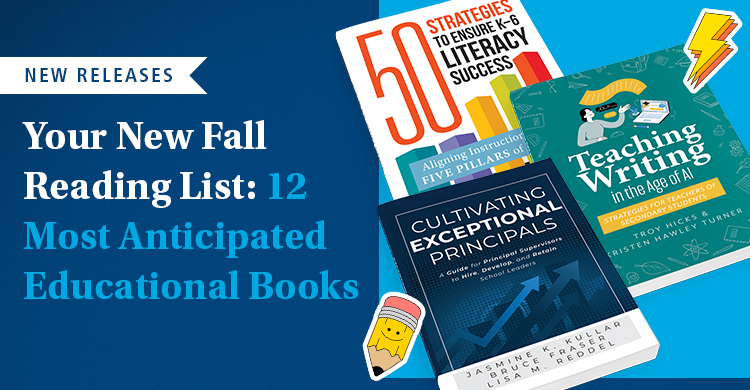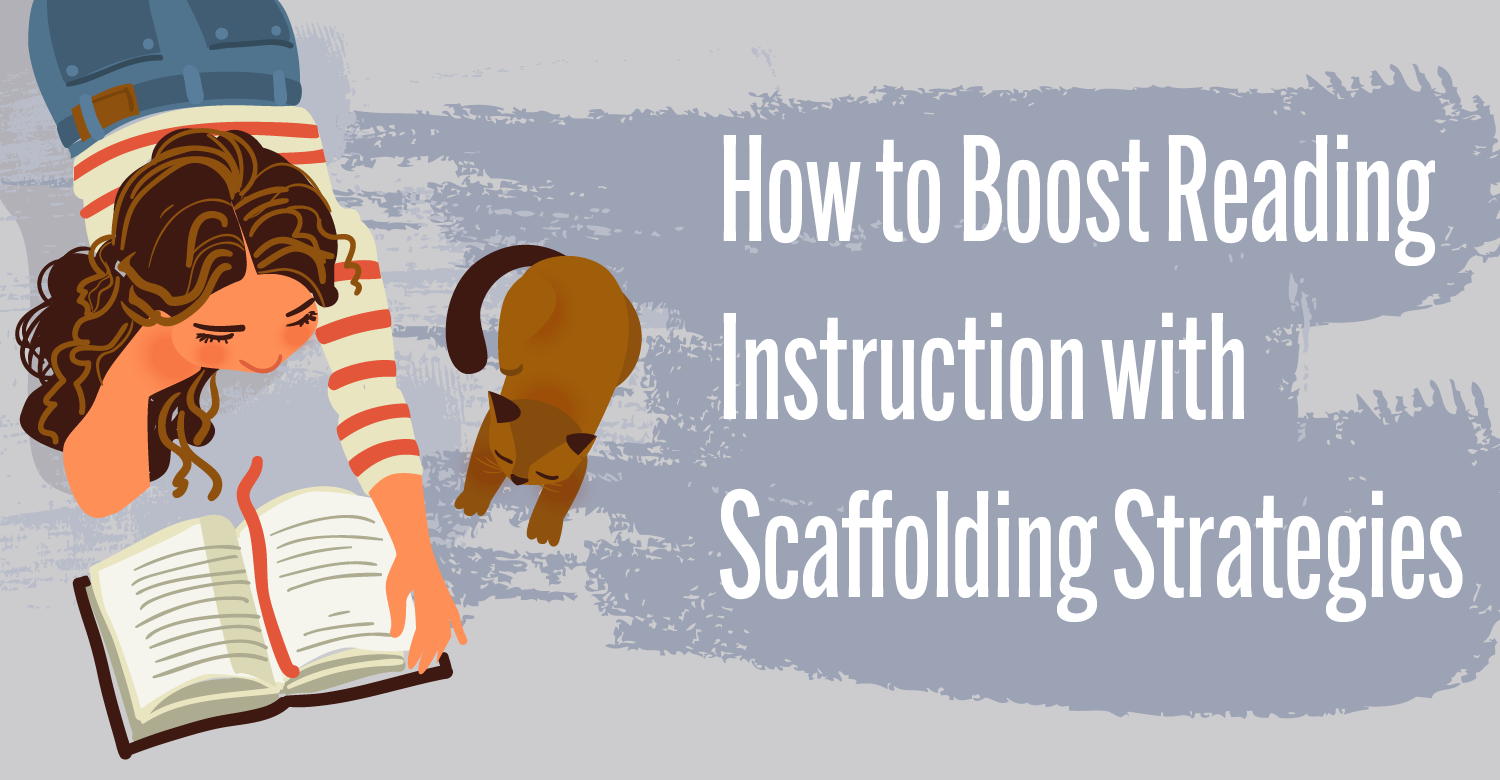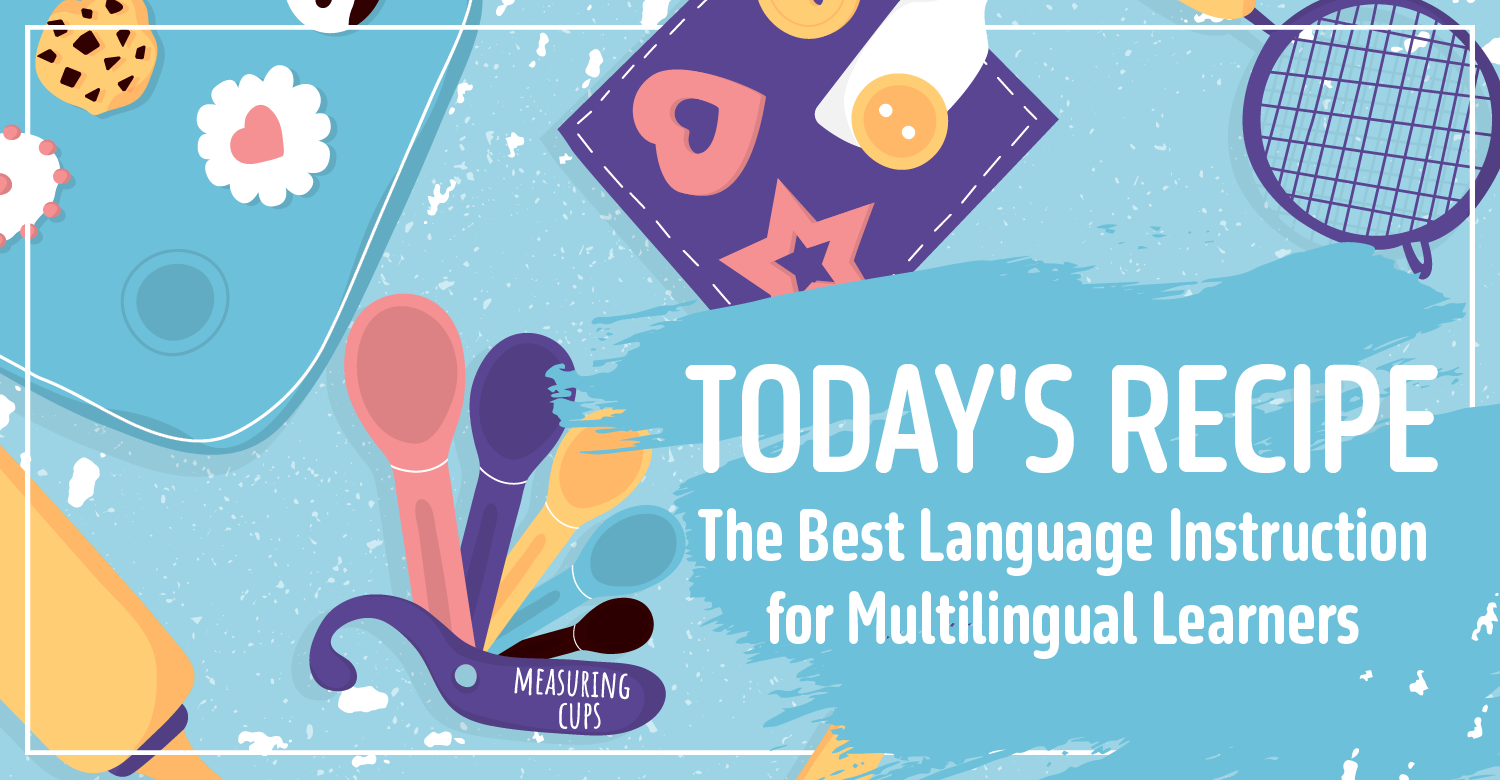Most states have improved graduation rates over time, but as one superintendent told this author, “We know how to increase graduation rates; we just don’t know how to educate them before they graduate!” So, what can educators do to increase the number of graduates who are actually ready for college or careers?
In Beyond the Grade, the authors offer two major changes that ultimately lead to this goal.
Focus on early literacy
First, we must increase the number of students who are proficient readers by grade 4. Currently, less than 40 percent of fourth-grade students in U.S. schools are proficient readers (National Center for Education Statistics, 2015), and the literacy gap becomes harder to close in higher grades. Early reading proficiency is understandably related to eventual career or college readiness. Thus, we must accelerate literacy in the primary grades to ultimately increase the number of college-ready or career-ready high school graduates.
Target algebra and English with a standards-based approach
Second, we must ensure that all students master Algebra I and English 9. Algebra I and English 9 are two of the courses students most often fail in the United States. Yet, these two courses are foundational for at least six additional courses that most states require students to complete. Additionally, these courses are critical to mastering content in the social studies and sciences. To ensure mastery of Algebra I and English 9, the authors of Beyond the Grade recommend that schools adopt a standards-based approach to academic assessment and grading. Specifically, the authors endorse an instructional cycle that includes:
- Assessing for learning
- Developing pre-electives
- Assessing of learning
- Scheduling trailer courses and personal support for students who need additional time to master essential standards
Although close to 50 percent of current high school graduates are either college or career ready (Gewertz, 2016), we can begin making systematic changes to increase this percentage, with the goal of eventually doubling it. Making these paradigm shifts will not be easy, but it can be done. To begin the journey of accelerating literacy in the early grades and implementing a standards-based grading model for Algebra I and English 9, read chapters 5 and 6 in Beyond the Grade. Additionally, review the CanRead document and sample high school schedules accessible online at go.SolutionTree.com/instruction.
References:
Gewertz, C. (2016, April 13). High school coursework seen falling short. Education Week. Retrieved from www.edweek.org/ew/articles/2016/04/13/only-8-percent-of-grads-take-enough.html
National Center for Education Statistics. (2015). The nation’s report card: 2015 Mathematics and reading assessments. Retrieved from http://www.nationsreportcard.gov/reading_math_2015/#reading?grade=4
[author_bio id=”899″]






